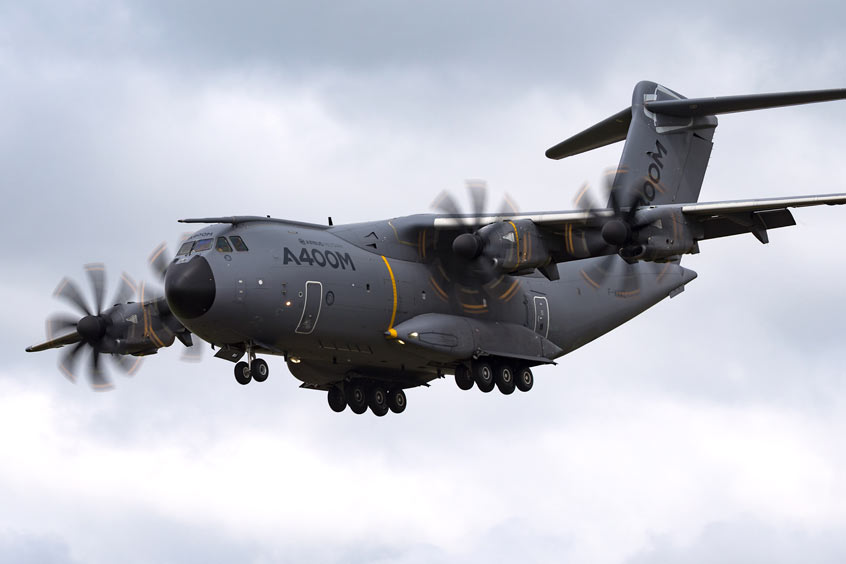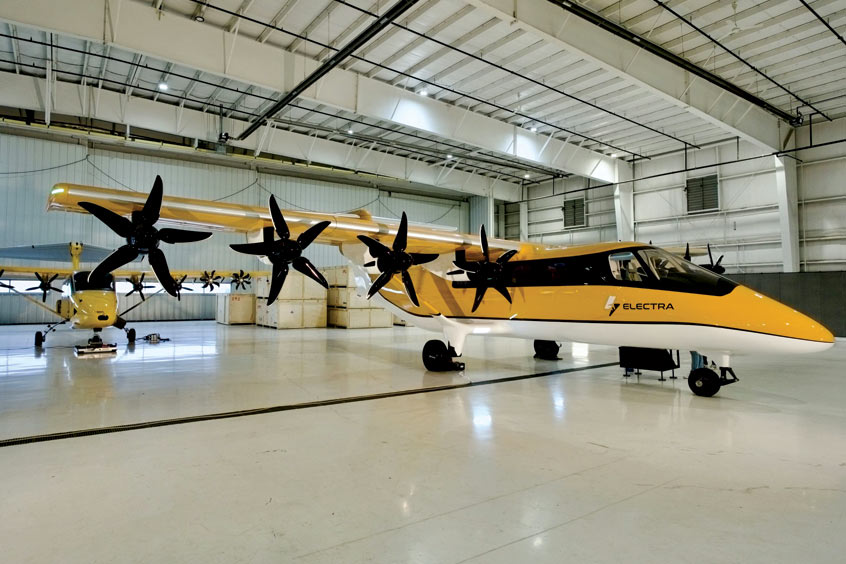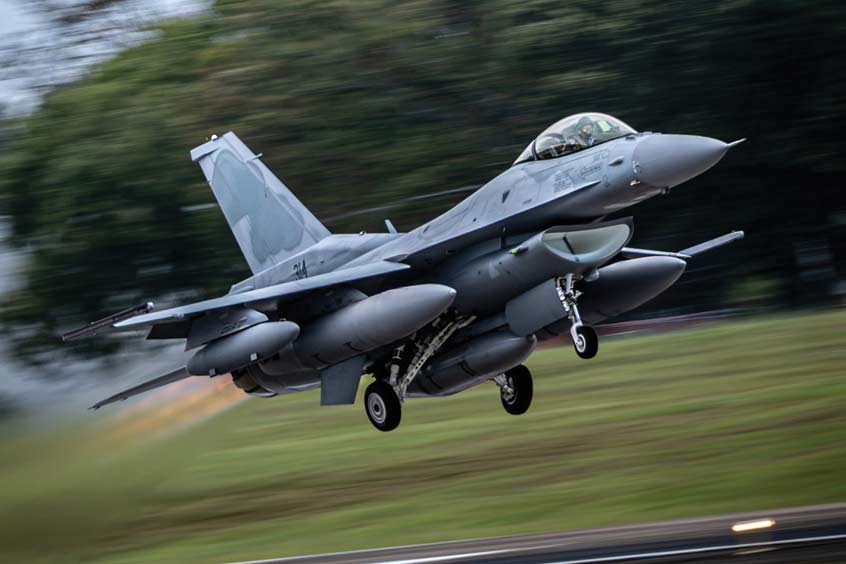The FAA and EASA have approved use of Dassault's advanced dual head-up display known as FalconEye, on the company's Falcon 8X very long range trijet, adding to the aircraft's industry-leading low visibility operations capability. The dual HUD configuration will ultimately permit an EFVS-to-land capability in near zero-zero conditions, pending new EASA regulations.
“The bottom line is that this approval results in enhanced safety and more capability for Falcons equipped with Dassault's industry-first FalconEye technology,” says Carlos Brana, executive vice president, civil aircraft at Dassault Aviation.
Dassault Aviation has been an undisputed leader in the development of HUD technology. In 2016, Dassault introduced FalconEye, the first head-up display (HUD) system to combine synthetic, database-driven terrain mapping and actual thermal and low-light camera images. Single HUD-equipped aircraft with FalconEye can fly non-precision approaches to 100 feet.
A number of 8X operators have already scheduled installation of the new mod, which allows both pilots to share the same synthetic and enhanced vision view, enabling one to act as “pilot flying” while the other monitors flight conditions. Dual HUDs enhance situational awareness while simplifying training at the same level of experience and qualification for approaches.
The dual HUD option will be certified on the Falcon 6X, due to enter service mid-2023, and on the ultra-long range Falcon 10X, planned for certification in late 2025.
The dual HUD on the Falcon 10X will take the dual HUD configuration to an even more advanced level in which it can serve as the “primary means of pilot operation,” freeing pilots to configure the instrument panel's primary flight display for other uses.
Meanwhile, Dassault's current HUD and FalconEye equipped aircraft can now operate to 200 feet with a 30 percent runway visual range (RVR) credit without any flight department specific EASA approval required. EASA eased approval requirements after taking into account HUD and EFVS technology improvements through the past 20 years.
| Contact details from our directory: | |
| Dassault Aviation | Airframer |
| Elbit Systems Ltd | Aerial Firefighting Equipment, Airborne Communication Systems, Aircraft Structural Components, Avionics Management Systems, Cameras (Airborne), Chemical Milling, Electronic Flight Instrument Systems, Electronic Warfare Systems, Enhanced Vision Systems (EVS), Filament Winding Service, Flight Recorders, FLIR Systems, Forming, Head-Up Displays, Helmet-Mounted Displays (HMD), Laser Radar, LCD Displays, Metal Bonding, Moving Maps, Radio Communications Equipment, Stores Management Systems, Terrain Awareness and Warning Systems, Terrain Following Radar, Thermal Imaging Equipment, Warning Systems/Equipment, Weapons Countermeasures |
| Related aircraft programs: |
| Dassault 8X |
| Related directory sectors: |
| Flight and Data Management |
Weekly news by email:
See the latest Bulletin, and sign up free‑of‑charge for future editions.

Saab advances digital manufacturing with autonomous fuselage

Airbus deploys Stratasys printed parts for A320, A350 and A400M

Electra kicks off Part 23 application for hybrid-electric EL9
